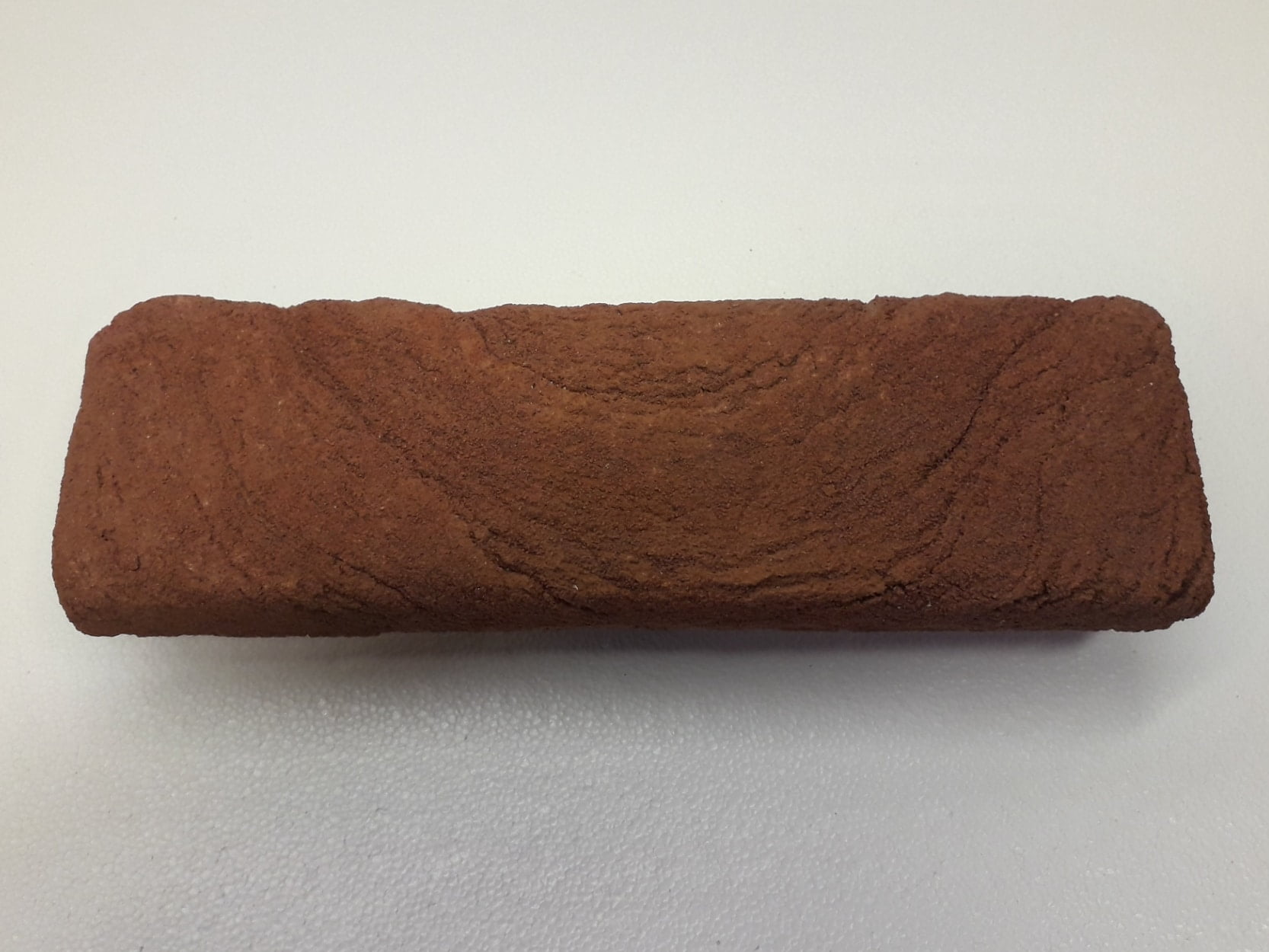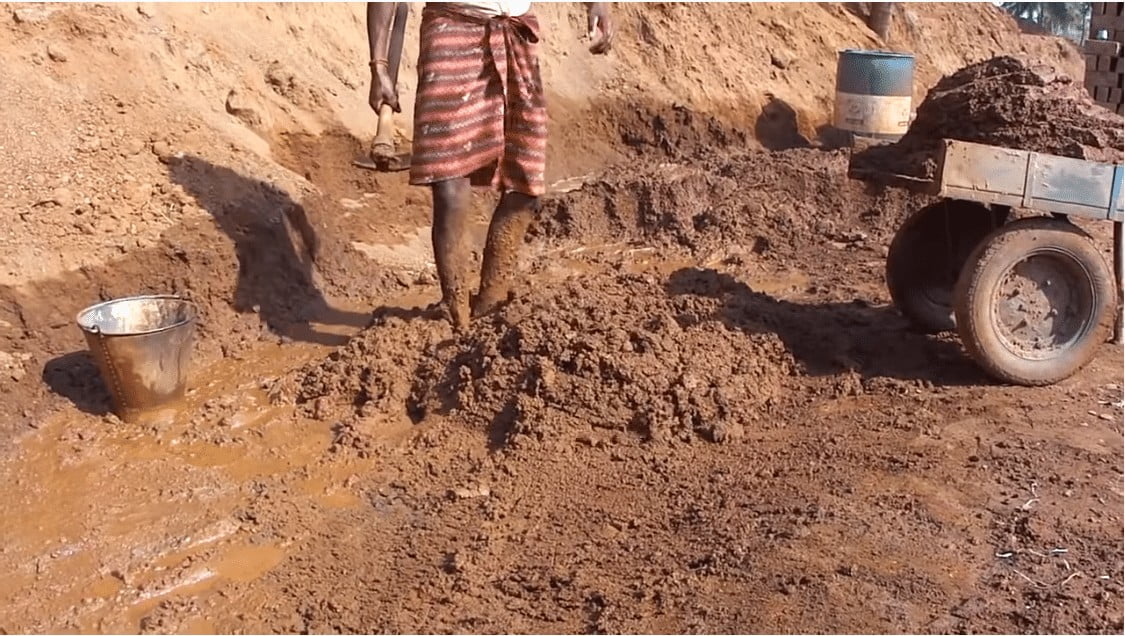What are 'Handmade' brick slips
Handmade brick slips are produced in the same manner practised for thousands of years. A handmade brick slip exhibits character that can be lost when machines do the work that a person would traditionally perform due to the fact that each handmaker is individual and has their own slightly different technique.
When a brick slip is handmade it will have a lot of variation, sometimes crisp and well formed in the mould and sometimes less so. The edges and face will have creases and folds formed when the person handles the wet clay and throws the clay into the sand coated mould.
Handmaking creates featureful walls
When you are looking to create a feature wall often it is as a focal point for a room. Handmade, irregular and featureful brick textures can please the eye of the viewer.

The ‘Pros’
- Authentic aged appearance
- When looking at old brick houses they have a certain character and look due to the way the bricks were originally made. Modern manufactured bricks are too regular and precise and even the ‘hand format’ bricks – bricks made on high volume brick making machine that simulate the handmaking method – cannot replicate the unique personallity of true handmade bricks.
The ‘Cons’
- Time
- The handmaking process is very labour intensive and relatively slow so if you have a large project you need to plan well in advance.
- Cost
- Compared to faster, less labour intensive methods this type of production makes the product slightly more expensive.

The age old manual brick manufacturing method, first introduced by the Romans and then revived in the mid 14th century, has barely changed in its basic form though due to modern work practises some of the process has had to move with the times.
The handmaking process
In olden times clay would be dug from the earth, by hand using picks and shovels from the ground nearby the building site, and piled in a heap before the winter. The clay was left to ‘over-winter’ to break down the clay into a softer form before ‘pugging’ was performed by the men (barefoot ‘walking’ or mixing of the clay) and adding water as they went to get a pliable clay mixture. This practise is still performed today in third world countries where labour is cheap and plentiful.

Today pugging of the clay is done by a pugging machine as this part of the process is particularly onerous.
Once prepared the clay would be given to the the handmakers for forming into shape.
Shaping the brick
The clay would be taken in small portions and rolled in sand. This sanded ‘clot’ of clay is then dropped into a wooden frame, sometimes with a bottom, sometimes without, and sometimes on a more complicated arrangement called a ‘stock and bIock’, but all to the same end; the forming of the brick shape.

The wooden mould is often wetted and sanded before the clot of clay is ‘thrown’ into the box. The throwing technique is a skill that does take practice, believe it or not, where if the clot is thrown too hard it sticks to the sides or too gently and it will not fill out the mould to the corners. The throwing strength used is also dependent on the wetness of the clay.
A brick slip mould is a different shape and the throwing technique varies a little but the principle is the same.
This throwing action also is visible in the end product in terms of the surface finish. As the clay fills the mould it forms creases and valleys in the surface which is often how to identify a handmade brick though the handformat (simulated handmade bricks) also have this.
The information provided by Matclad Limited ("we", "us", "our") on www.matclad.co.uk (the "Site") is for general informational purposes only. All information on the Site is provided in good faith, however we make no representation or warranty of any kind, express or implied, regarding the accuracy, adequacy, validity, reliability, availability or completeness of any information on the Site.
Read our Terms and Conditions of Sale










